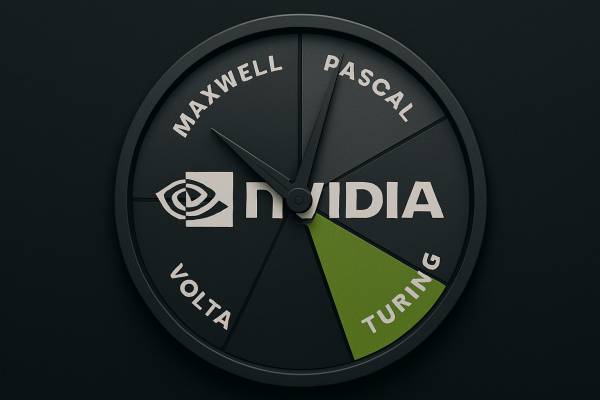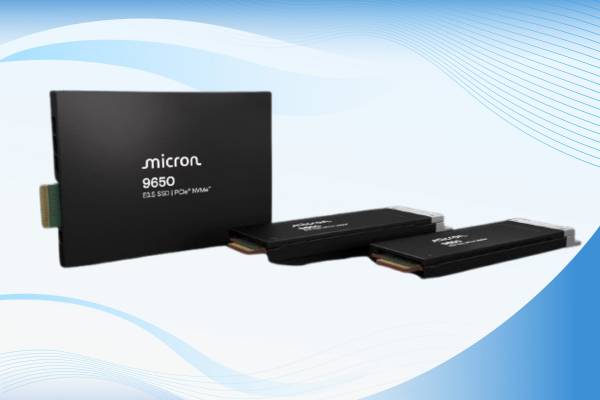The evolution of data storage technology often goes unnoticed, yet its impact is tangible for everyone. When a computer boots up more quickly, a game loads in less time, or large files can be copied within moments, all of this is the result of the development of SSDs, or solid-state drives. For years, the slow performance of storage devices held machines back; the advent of SSDs effectively closed this gap. Now, as the next step in this evolution, a new solution has appeared on the market that promises the portability of microSD cards combined with the performance of M.2 SSDs. This is the Mini SSD, also known as the 1517 format.
How did we get here?
Digital storage has come a long way since the first hard drives. HDDs offered large capacities but were slow and fragile. The spread of SSDs revolutionized data storage: they became faster, quieter, and more durable.
Portable devices, however, have always had specific requirements. Thanks to their size, microSD cards are ideal for phones, cameras, and consoles, but their speed falls far short of internal SSDs. M.2 drives can already take advantage of the latest PCIe standards, but installation is more complex, and they are not easily swappable. The Mini SSD is designed to bridge this gap.
Why is the Mini SSD special?
The drive, introduced by the Chinese company Biwin, measures just 15×17×1.4 millimeters—smaller than a coin and only slightly larger than a microSD card. Despite its compact size, it delivers read speeds of up to 3.7 GB/s and write speeds of up to 3.4 GB/s through a PCIe 4.0 x2 interface. This makes it three times faster than the microSD Express standard and close to the performance of traditional M.2 SSDs.
The Mini SSD comes in 512 GB, 1 TB, and 2 TB capacities, meaning that even large, graphically demanding games can run smoothly from it. Its combination of size and speed is unique in today’s market.
First area of application: portable gaming consoles
One of the fastest-growing segments is the handheld gaming console market, where large storage capacity and short loading times are increasingly important. The GPD Win 5, for example, offers a Mini SSD expansion option using a mechanism similar to a SIM tray—simple and user-friendly. The OneXPlayer Super X will also support this format. This suggests that the technology could become a quasi-standard in Asia among high-performance portable devices.
Beyond handheld consoles, however, the Mini SSD could also find its place in other devices. According to Biwin, it can be used in laptops, smartphones, tablets, and action cameras. With its IP68 dust- and water-resistance rating and its ability to withstand drops from three meters, it could be particularly well-suited for rugged, outdoor-oriented devices.
Standardization and uncertainty
One of the most important conditions for the widespread adoption of any technology is standardization. M.2 SSDs, for example, became globally accepted thanks to the sizing rules defined by the JEDEC organization. With the Mini SSD, this step has not yet been taken: the 1517 format does not currently have recognition as an official standard.
This has two implications. On the one hand, it may spread quickly within the focused but dynamic Asian market, especially among gamers. On the other hand, global adoption and broad manufacturer support remain uncertain until it becomes an official industry standard. For now, it is difficult to predict whether it will become a universal storage solution or remain limited to a specific niche.
What could this mean for the future?
The arrival of the Mini SSD clearly reflects an industry trend: the future lies in extremely compact yet high-performance storage devices. It addresses a problem many users are familiar with: microSD cards are convenient but slow, while M.2 SSDs are fast but cumbersome to upgrade.
If the Mini SSD succeeds in becoming a globally accepted standard, it could usher in a new era for portable electronics. In smartphones and tablets, it could allow rapid storage expansion without compromising on speed. In cameras and action cameras, its high throughput could support the continuous recording of 4K or even 8K video. For gamers, the greatest benefit would be the ability to expand game libraries as effortlessly as swapping a SIM card.




























